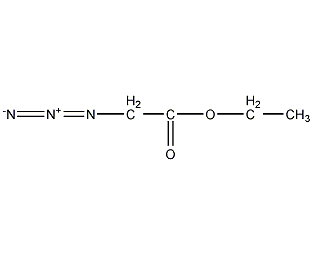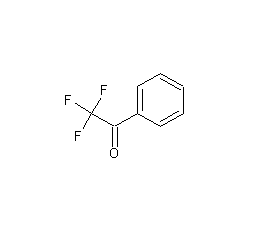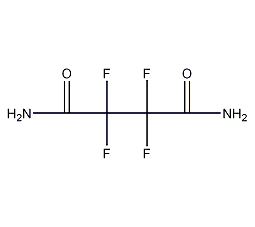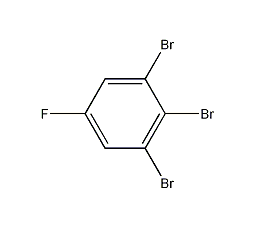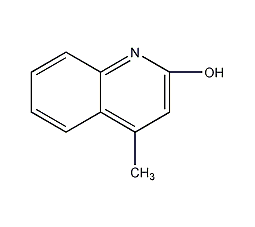2,6-dibromopyridine


Structural formula
| Business number | 06SV |
|---|---|
| Molecular formula | C5H3Br2N |
| Molecular weight | 236.89 |
| label |
None |
Numbering system
CAS number:626-05-1
MDL number:MFCD00006223
EINECS number:210-926-9
RTECS number:210-926-9
BRN number:108922
PubChem number:24861142
Physical property data
1. Appearance: slightly white powder.
2. Density (g/mL,25/4℃):
3. Relative vapor density (g/mL,Air=1): Undetermined
4. Melting point (ºC): 118-119
5. Boiling point (ºC,Normal pressure): 255
6. Boiling point (ºC,5.2kPa): Undetermined
7. Refractive Index: Undetermined
8. Flashpoint (ºC): 213
9. Specific optical rotation (º): Undetermined
10. Autoignition point or ignition temperature (ºC): Undetermined
11. Vapor pressure (kPa,25ºC): Undetermined
12. Saturated vapor pressure (kPa,60ºC): Undetermined
13. Heat of combustion (KJ/mol): 85.6
14. Critical temperature (ºC): Undetermined
15. Critical pressure (KPa): Undetermined
16. Oil and water (octanol/Log value of water) partition coefficient: Undetermined
17. Explosion limit (%,V/V): Undetermined
18. Lower explosion limit (%,V/V): Undetermined
19. Solubility: Insoluble in water.
Toxicological data
1, acute toxicity: mice (orally) LDLo: 320 mg/kg
Since the LD50 of table salt is 3,000 mg/kg, BPA The degree of acute toxicity is the same as that of table salt.
Ecological data
It is harmful to water. Do not let this product come into contact with groundwater, waterways and sewage systems. Even a small amount of this product seeping into groundwater will cause harm to drinking water and is toxic to organic substances in the water. Do not discharge material into the environment without government permission.
Molecular structure data
1. Molar refractive index:39.72
2, Molar volume (cm3/mol): 115.0
3. Isotonic specific volume (90.2K):302.4
4. Surface tension (dyne/cm): 47.7
5. Polarizability( 10-24cm3):15.74
Compute chemical data
1. Reference value for hydrophobic parameter calculation (XlogP): 2.9
2. Number of hydrogen bond donors: 0
3. Number of hydrogen bond acceptors: 1
4. Number of rotatable chemical bonds: 0
5. Number of tautomers: none
6. Topological molecule polar surface area 12.9
7. Number of heavy atoms: 8
8. Surface charge: 0
9. Complexity: 68.8
10. Number of isotope atoms: 0
11. Determine the number of atomic stereocenters: 0
12. Uncertain number of atomic stereocenters: 0
13. Determine the number of chemical bond stereocenters: 0
14. Number of uncertain chemical bond stereocenters: 0
15. Number of covalent bond units: 1
Properties and stability
Keep away from oxides.
Storage method
Store in a sealed container and keep in a cool, dry place . The storage place must be locked and the key must be given to a technical expert and their assistants for safekeeping. Keep away from oxidizing agents.
Synthesis method
None yet
Purpose
None yet



